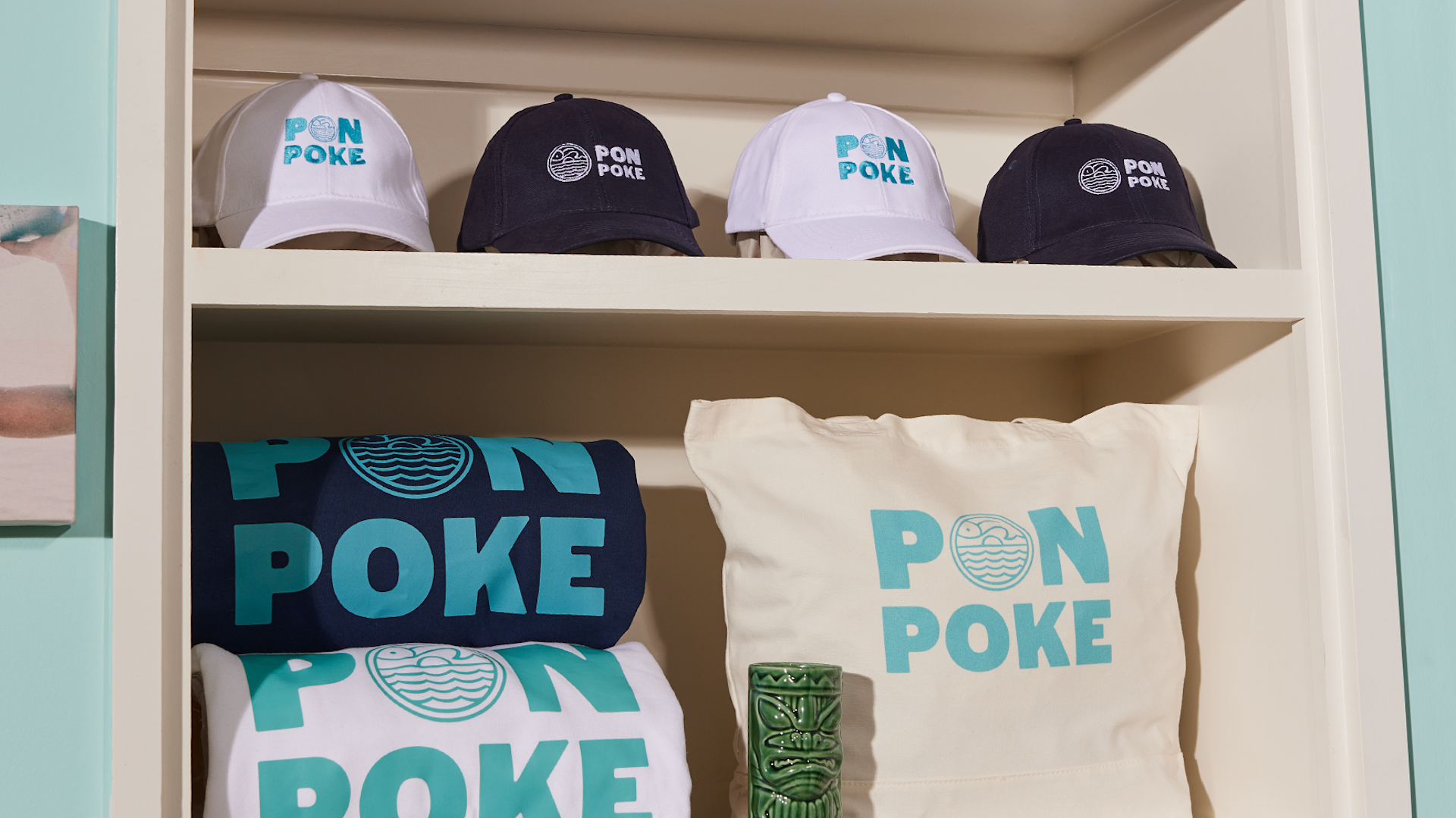How to Identify High-Quality Fabrics in Branded Clothing
How to Identify High-Quality Fabrics in Branded Clothing
Blog Article
Comprehending Clothes: The Value of Material Selections in Your Wardrobe
The selection of fabric in clothes plays a crucial function in both aesthetics and performance. Different products offer differing levels of convenience, breathability, and durability, straight influencing the wearer's experience. Understanding these nuances can enhance one's closet noticeably. Yet, numerous ignore how these options can impact not just individual style, yet also sustainability. What fabric decisions could redefine your wardrobe and straighten it with both style and obligation?
The Function of Textile in vogue and Performance

Typical Fabric Types and Their Features
When picking clothing, understanding the features of common material kinds is vital for making educated options. Cotton, a widely-used all-natural fiber, is known for its adaptability, breathability, and gentleness, making it ideal for informal wear and everyday garments. Bed linen, an additional natural choice, boasts excellent moisture-wicking buildings and a distinct structure, suitable for warm climates.Wool, frequently favored for its heat and sturdiness, varies in excellence; merino woollen is soft versus the skin, while coarser kinds are utilized for outerwear. Artificial materials like polyester and nylon provide resilience and resistance to wrinkles, making them popular for activewear and travel garments. Blends, which incorporate artificial and all-natural fibers, can improve performance while maintaining convenience. By identifying these material features, individuals can choose clothing that straightens with their lifestyle and visual choices.
Breathability and Convenience: Selecting the Right Fabrics for Various Climates
Picking the appropriate materials for different environments can substantially boost convenience and overall wearability. Breathable products are necessary in hot climates, as they allow air blood circulation and wetness evaporation. Fabrics such as cotton, bed linen, and moisture-wicking synthetics effectively draw sweat far from the body, maintaining the user cool and dry. Conversely, in colder environments, thicker textiles like wool or fleece give insulation while retaining breathability, guaranteeing warmth without overheating.Additionally, the selection of material weight plays an essential duty; lightweight textiles are more suitable for summer season, whereas larger alternatives are matched for winter season wear. Recognizing the unique residential properties of each textile makes it possible for individuals to dress appropriately for varying weather. Inevitably, selecting breathable and comfy materials tailored to certain climates can significantly improve everyday convenience and improve the general experience of wearing garments.
Resilience and Treatment: Just How Material Impacts Long Life of Your Wardrobe
Picking the appropriate materials can considerably impact the longevity and care needs of a wardrobe. Fabrics such as cotton and polyester are recognized for their strength and simplicity of maintenance, making them ideal for everyday wear. In comparison, fragile products like silk and lace call for even more mindful handling and specialized cleaning approaches, which can increase the time and effort needed for care. Branded Clothing.Durability is additionally affected by the textile's weave and surface; securely woven textiles have a tendency to withstand wear and tear better than freely woven options. In addition, synthetic blends often supply boosted longevity, incorporating the most effective qualities of numerous fibers.Understanding the care instructions for each and every material is vital, as improper drying or cleaning can cause premature wear. Ultimately, picking sturdy products can cause a longer-lasting closet, minimizing the frequency of replacements and adding to a much more lasting fashion option
The Influence of Textile on Fit and Silhouette

Lasting Material Choices: Making Eco-Friendly Decisions
The influence of textile extends beyond fit and silhouette to encompass environmental elements, triggering an expanding interest in more info here lasting textile choices. Green materials, such as natural cotton, hemp, and Tencel, are getting grip amongst consumers that focus on sustainability in their closets. These materials are usually created with fewer chemicals and water, decreasing their environmental footprint.Additionally, recycled materials, made from post-consumer waste, supply an innovative solution to the textile market's air pollution trouble. Brands increasingly welcome openness in their sourcing techniques, allowing consumers to make educated decisions about their purchases.Choosing lasting textiles not only sustains honest practices however additionally motivates the garment industry to take on more liable manufacturing techniques. As awareness of ecological concerns climbs, people are advised to review the long-term effect of their fabric choices, fostering an activity towards a more eco mindful and lasting technique to style.
Elevating Style: Exactly How Fabric Can Transform an Attire
While many might concentrate on color and cut when picking a clothing, the option of material plays a crucial duty in raising design and improving overall appearance. Various products convey distinct moods and messages; as an example, silk exudes luxury and class, while jeans offers an informal, relaxed ambiance. The texture and drape of a material can significantly alter the shape, with structured fabrics offering a refined appearance and softer ones developing an extra fluid, unwinded aesthetic.Moreover, the weight of the fabric influences wearability across periods. Lightweight fabrics like bed linen and cotton are suitable for summer season, while larger materials such as wool and velvet offer warmth and elegance in chillier months. Recognizing material homes, such as breathability and stretch, additionally encourages people to make enlightened selections that enhance comfort without compromising style. Ultimately, the best material can change an attire from common to view publisher site phenomenal, making it an essential factor to consider in any kind of closet.
Frequently Asked Concerns
How Do I Identify the Material Content of My Clothes?
To identify material content, one can take a look at care labels, conduct burn examinations for fiber recognition, or get in touch with textile swatches. These methods help set apart materials, making sure informed choices for apparel treatment and upkeep in everyday wear.
Can Material Choice Affect My State Of Mind or Self-confidence?
Textile option can considerably affect a person's mood and self-confidence. Branded Clothing. Specific materials might evoke sensations of convenience or beauty, while others can really feel restrictive or uncomplimentary, inevitably affecting self-perception and emotional health throughout the day
What Fabrics Are Best for Delicate Skin?
For individuals with delicate skin, all-natural textiles like bed linen, bamboo, and cotton are typically suggested. These products are breathable, hypoallergenic, and much less most likely to create irritation, making them appropriate choices for comfort and skin health.
Just how Do I Properly Laundry and Treatment for Different Fabrics?
To properly care and wash for various textiles, one have to take into consideration each material's particular demands, consisting of temperature settings, detergents, and drying out approaches, guaranteeing longevity and maintaining the material's initial high qualities for perfect use.
Exist Details Fabrics for Athletic or Performance Use?
Sports or browse around these guys performance wear usually utilizes materials such as spandex, nylon, and polyester. These products are developed for moisture-wicking, breathability, and flexibility, enhancing motion and comfort during physical activities while providing resilience and support. On the other hand, in cooler climates, thicker materials like wool or fleece provide insulation while maintaining breathability, guaranteeing heat without overheating.Additionally, the selection of material weight plays a vital role; light-weight fabrics are better for summertime, whereas larger options are fit for winter months wear. In comparison, fragile products like silk and lace need even more cautious handling and specialized cleansing methods, which can enhance the time and initiative needed for care.Durability is also affected by the textile's weave and coating; firmly woven textiles often tend to resist wear and tear better than loosely woven alternatives. In contrast, inflexible textiles can restrict motion but offer a timeless, refined look.Moreover, the density and structure of the fabric can influence the aesthetic perception of body form. The influence of textile extends past fit and silhouette to incorporate environmental variables, motivating a growing passion in sustainable textile choices. The appearance and drape of a fabric can drastically modify the silhouette, with structured textiles giving a refined look and softer ones creating an extra fluid, relaxed aesthetic.Moreover, the weight of the fabric influences wearability throughout seasons.
Report this page